The Mississippi River is the third-longest river in North America, with a length of 2,350 miles. It is one of the most important canals for the transit of commerce and food around the globe. In this article, we’ll dive deeper into the Mississippi River’s headwaters. Let’s take a swim through these facts and see what we find!
Lake Itasca Feeds the Mississippi River!
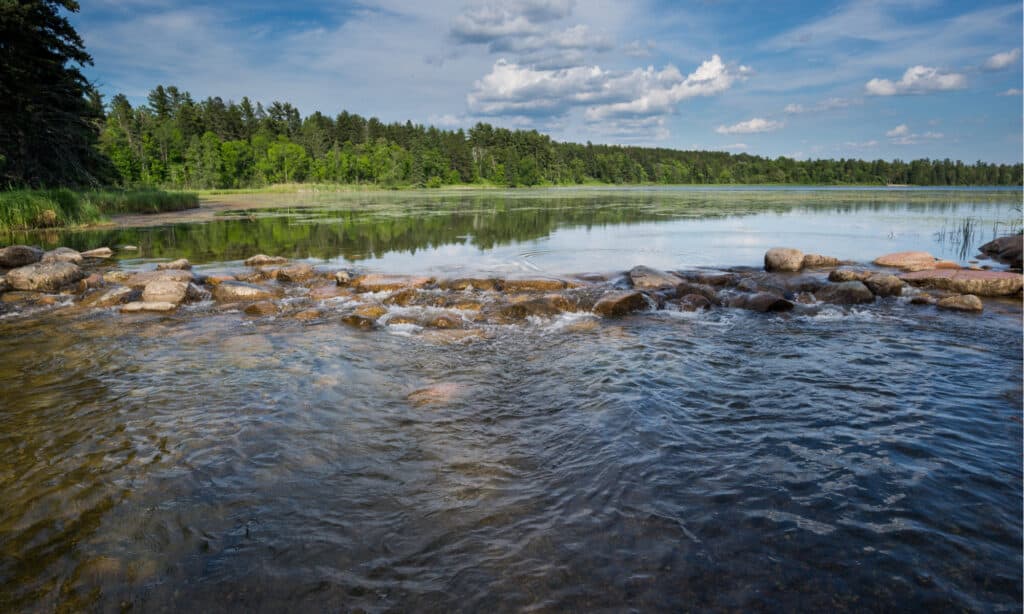
The headwaters of the Mississippi River can be found at Lake Itasca.
©Tomaz Kunst/Shutterstock.com
The Mississippi River is fed by Lake Itasca in northern Minnesota. Lake Itasca is a 1,200-acre glacier lake with a surface area of 1.8 square miles in southeastern Clearwater County, north-central Minnesota. Itasca State Park contains the lake. There is a little dam topped with intentionally placed pebbles that allow water from Lake Itasca to flood over. This serves as the Mississippi River’s official starting point.
Although Lake Itasca is officially considered the beginning of the Mississippi River, a tour around the state park reveals another discovery; numerous tributaries feed into the lake! Like its headwaters, the Mississippi River has many tributaries that feed into it as well.
Main Tributaries of the Mississippi River
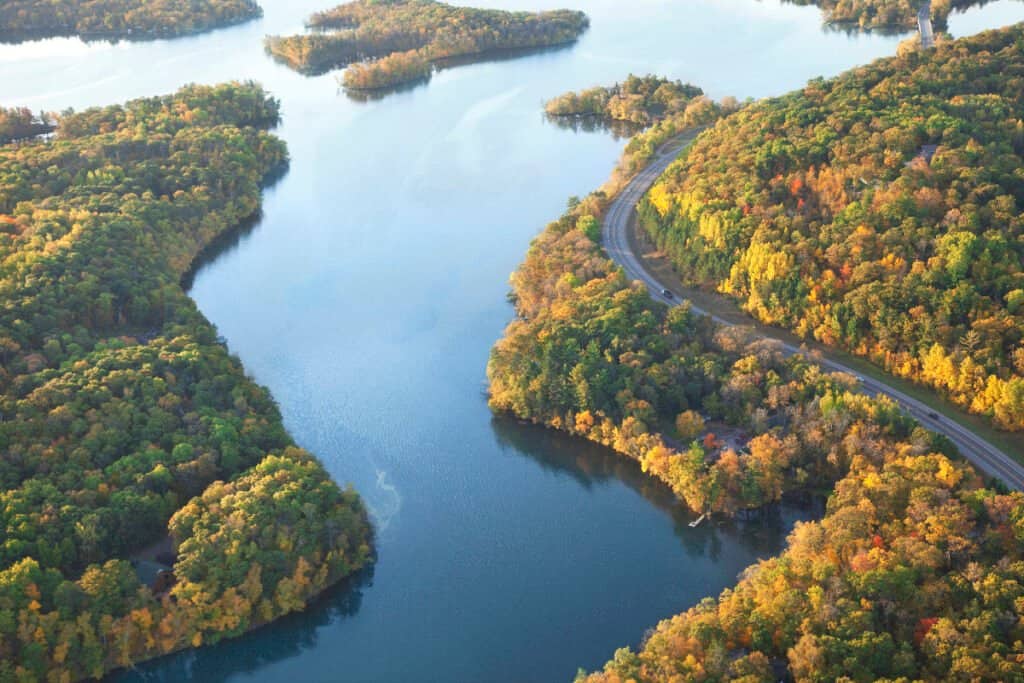
The Mississippi River is similar in size to the Missouri River.
©iStock.com/Willard
From Minnesota to Louisiana, the Mississippi River extends 2,348 kilometers. It is the country’s second-longest river. One-third of the country’s landmass is drained by the Mississippi’s 250 tributaries. A tributary is a small stream that connects to a larger stream. A confluence is when tributaries meet the mainstream. The Mississippi River has tributaries, just like any other river system, but it is known for the number and importance of its tributaries. Let’s take a brief look at 3 of the Mississippi River’s major tributaries!
Missouri River
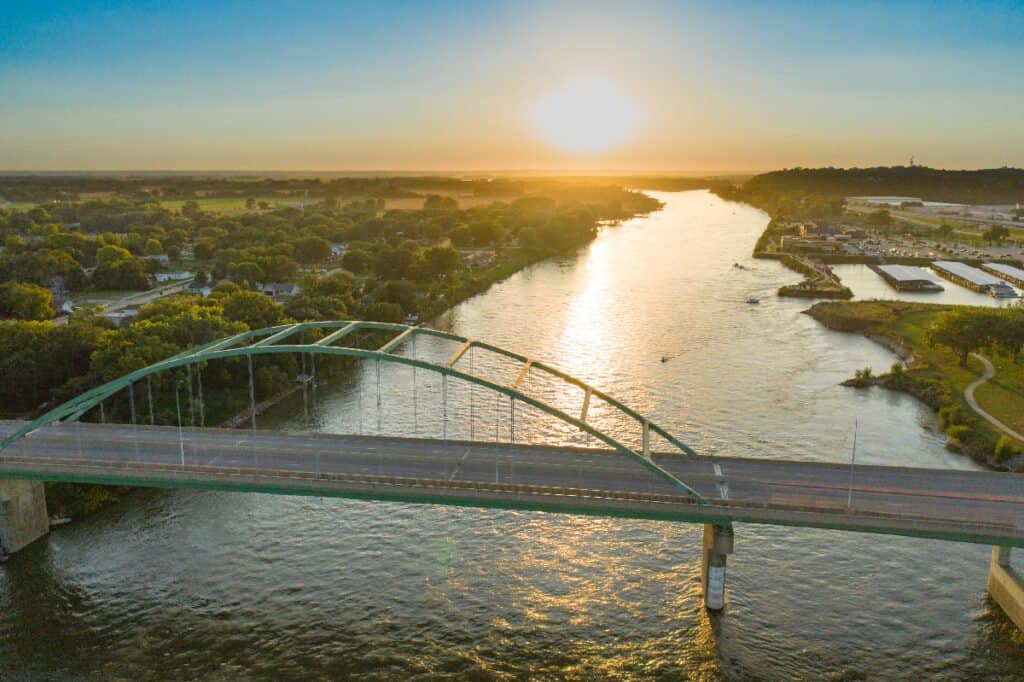
The Missouri River is the largest river in the United States.
©iStock.com/Matthew Howieson
A tributary of the Mississippi River, the Missouri River is even longer than the Mississippi. When combined with the Mississippi River, it is the world’s largest river system in length! The Missouri River, which originates in the Eastern Centennial Mountains in southwest Montana, flows east and south for 2,341 miles before joining the Mississippi River north of St. Louis, Missouri. Its watershed encompasses eleven US states and two Canadian provinces, totaling more than 500,000 square miles.
Illinois River
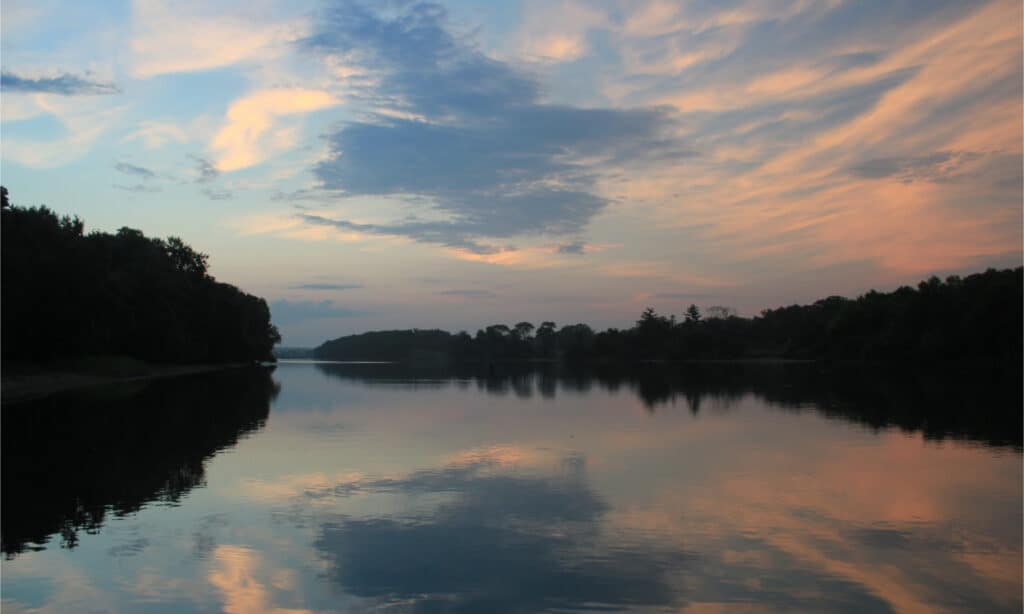
The Illinois River is a 273-mile tributary of the Mississippi River.
©sallystap/Shutterstock.com
The Illinois River is a 273-mile tributary of the Mississippi that drains 28,756.6 square miles of central Illinois. Parts of Wisconsin, Indiana, and southwestern Michigan are included in the drainage basin. In Grundy County, the Illinois River is formed by the Kankakee and Des Plaines rivers. The Great Loop, a river path that circles Eastern North America, includes the Illinois River.
Ohio River
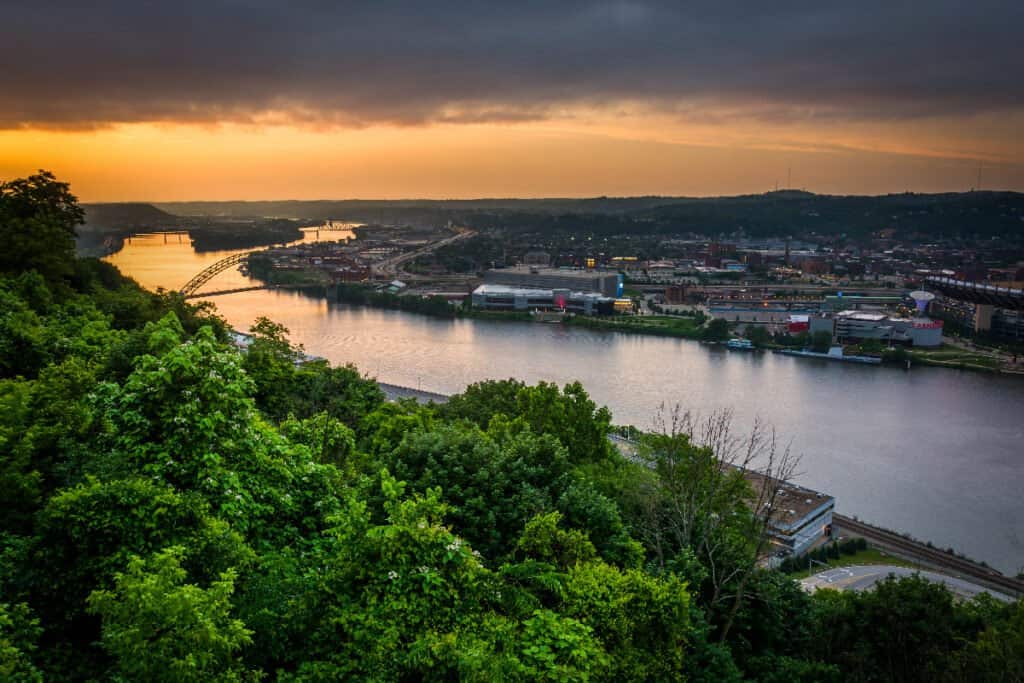
The Ohio River is the main tributary of the north-south Mississippi River.
©ESB Professional/Shutterstock.com
The Ohio River, which runs 1,981 miles from western Pennsylvania to the Mississippi River in southern Illinois, separates the Midwest from the South. It is the main tributary of the north-south Mississippi River, which divides the east and west, and is the third-largest river in the United States by flow volume. It is the sixth-oldest river in North America. The river is bordered by six states, and 14 states drain into its basin. Through the Tennessee River, the basin encompasses several southeastern states.
Mississippi River Overview

The Mississippi River runs through and alongside several cities and states.
©Sean Pavone/Shutterstock.com
At Algiers Point in New Orleans, the Mississippi River reaches its deepest point of 200 feet. The river’s depth swings because it scours and dumps silt at an alternating rate.
At its narrowest point, the Mississippi River is only 20 to 30 feet wide, and at its largest, it is 11 miles wide. There is a portion of the Mississippi that is more than 11 miles wide in Minnesota’s Lake Winnibigoshish. Almost two miles wide, the shipping canal on Lake Pepin is Mississippi’s most navigable stretch.
10 states share the Mississippi River as a border.
- Arkansas
- Illinois
- Iowa
- Kentucky
- Louisiana
- Minnesota
- Mississippi
- Missouri
- Tennessee
- Wisconsin
There is so much to see along this magnificent American canal that it is easy to miss a few details. The river’s connection, which drains 41% of the United States and carries more water than any other in the country, is still vital.
The Mississippi River Intersects with Other Major U.S. Rivers!
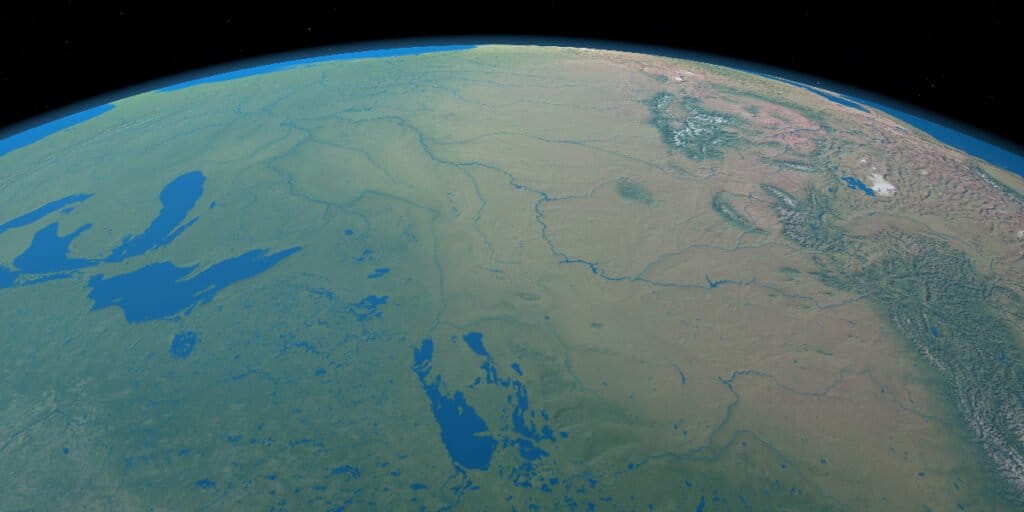
The largest rivers in the United States occur throughout the nation, including the Mississippi River.
©iStock.com/Ianm35
Approximately 20 miles north of St Louis, Missouri, the Mississippi River and the Missouri River meet. The Mississippi River begins in Minneapolis, Minnesota, and flows through the Midwest, eventually meeting the Missouri River in Missouri. Both rivers join at this point and run through Arkansas, Tennessee, Mississippi, and Louisiana. About a hundred miles south of New Orleans, the mouth of this twin river empties into the Gulf of Mexico.
Conclusion

The Mississippi River is the most famous river in the United States.
©iStock.com/Kruck20
The source of a river is its headwaters. The Mississippi River’s beginnings can be traced back to Lake Itasca State Park in Minnesota, where this small lake flows into the river. Some subsurface springs serve as headwaters. Alpine snow-fed wetlands are another type. The headwaters of a river can be thousands of little streams or a trickling lake or pond. Even if a river grows vast and powerful, its headwaters remain small. However, whatever occurs in the headwaters has an impact on everything downstream. Everything along the route, including Lake Itasca, can have an impact on the environment and the surrounding communities!
The photo featured at the top of this post is © Sean Pavone/Shutterstock.com
Thank you for reading! Have some feedback for us? Contact the AZ Animals editorial team.






